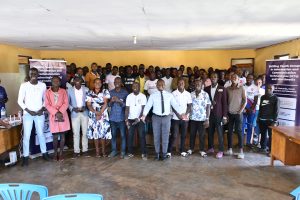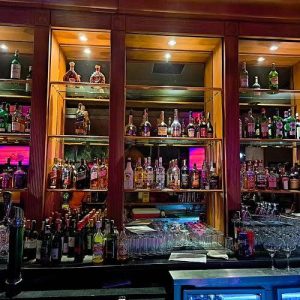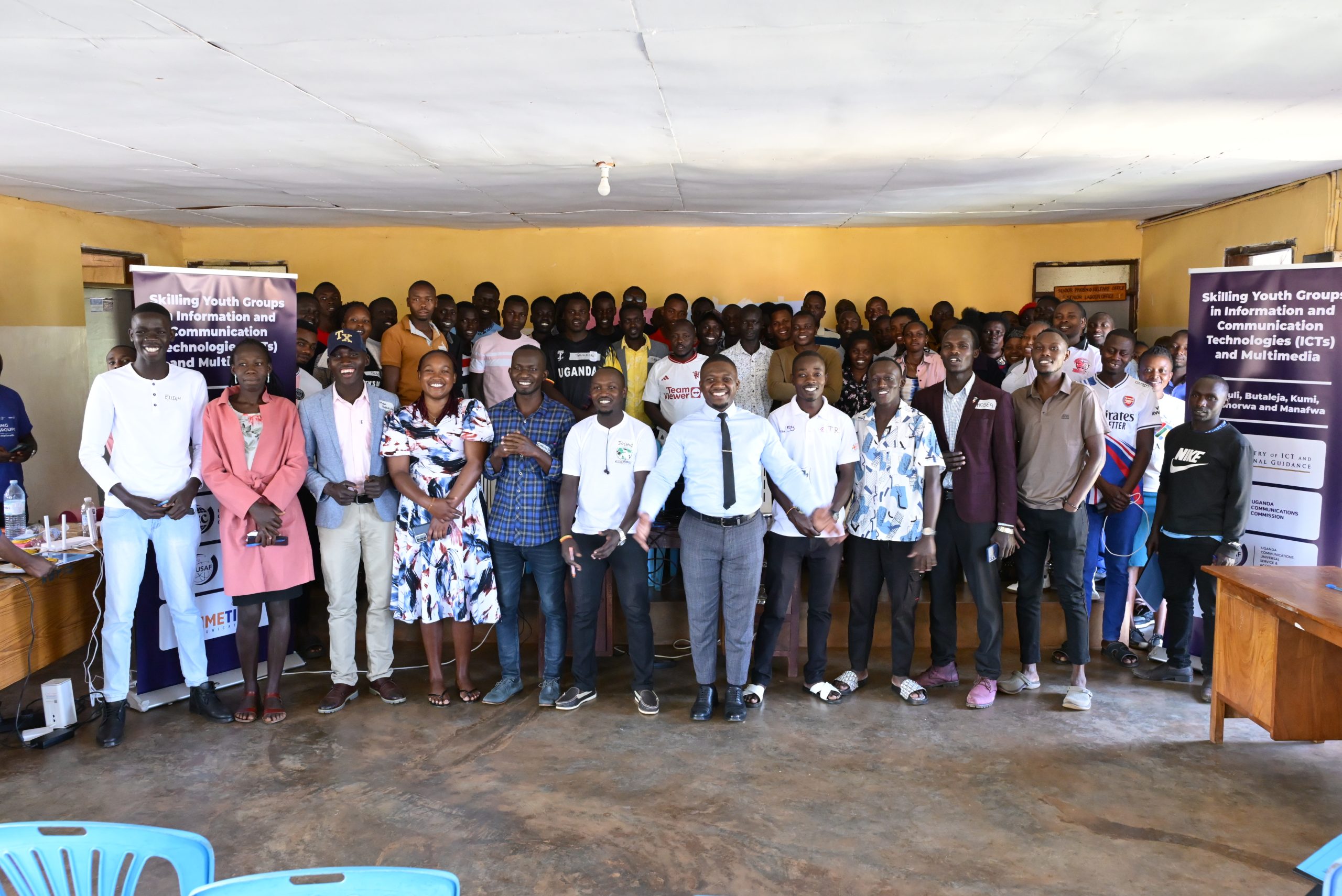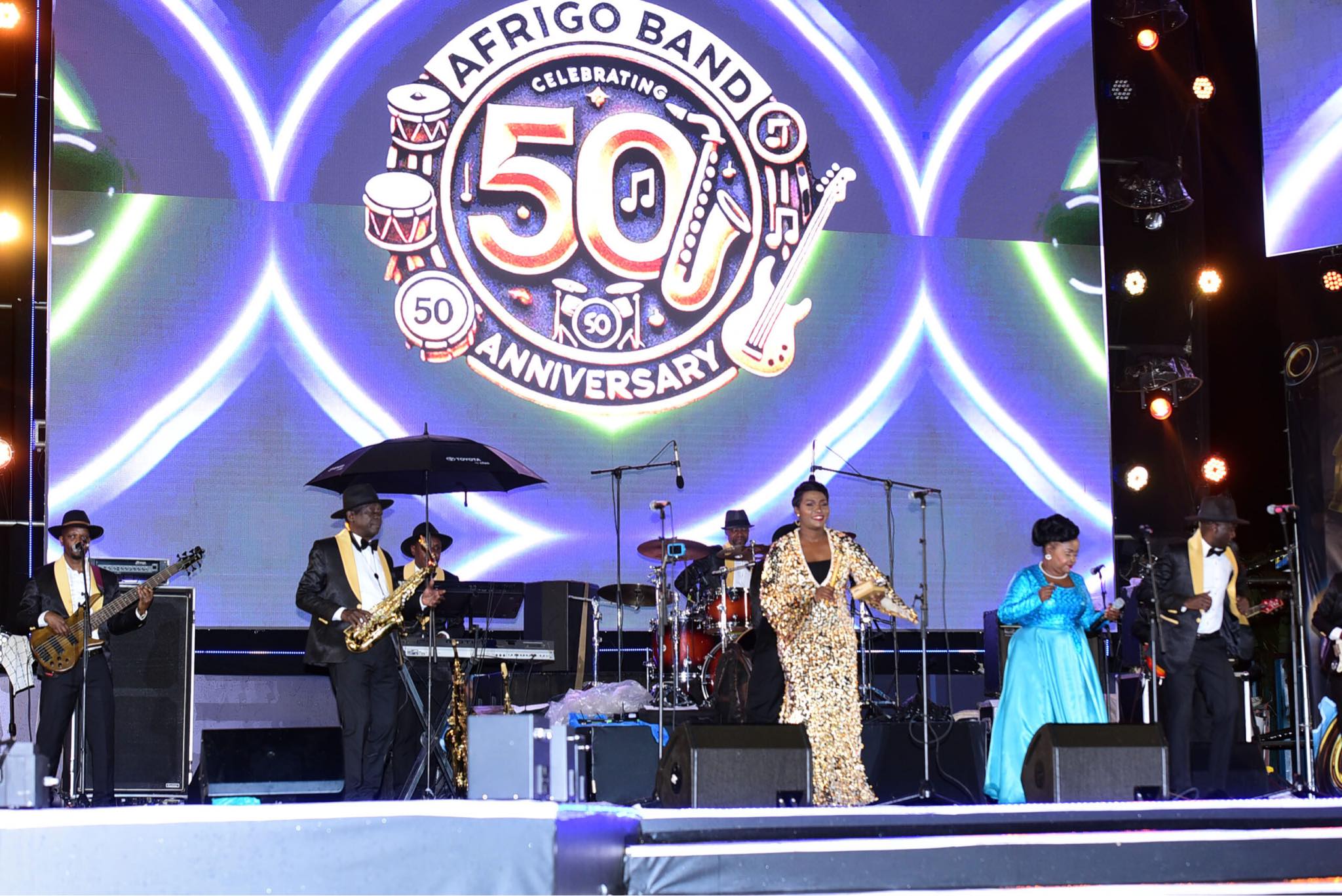By Denis Jjuuko
One of the most trending videos last year was of a bus driver recorded having a meal while driving. He wasn’t snacking, picking on a crisp or something. He had his plate full from which he would pick some African food while driving. At one stage, he even sipped some soup direct from the plate. On seeing the video, police as usual reacted and had him arrested. Another driver was recorded WhatsApping while driving a busload of passengers.
One would expect that bus drivers pay the utmost attention given the number of people on board. In most cases, they are the worst. They drive at high speeds beyond the 80kph that they emboss at the back of their buses, overtake in blind spots, or simply overtake and other road users must find their way or else a head on collusion. They install train horns in their vehicles that they sound with reckless abandon. They don’t care if they make you deaf in the process, as long as they have sounded the horn as if their lives entirely depend on it. Most times, the buses are rickety with broken centre bolts that make it impossible to move in a straight line. If you want to see impunity on the road, follow a bus on a highway.
One of the major reasons they drive that way is because many haven’t received proper bus driving training. They are easily moved from lorries or even taxis to buses. Some start as cargo loaders and along the way start learning to drive. In a few years, they are bus drivers.
Most bus drivers are paid per a trip so drivers consider sitting down for a meal or driving at the recommended kilometre per hour a wastage of time. The more trips they make, the more money they earn in a day, week or month. The more money a bus owner makes.
I have though never understood why a businessman would spend Shs700 million or more on a bus and then hand it to the most incompetent driver ever or one who wouldn’t care about how the bus is driven. If bus owners don’t value human life, at least they should look at their investments. Many of these buses don’t have comprehensive insurance so once they are involved in an accident, that is the end of it. No compensation. That could explain why many bus companies struggle to stay in business for decades.
So, I was impressed on a recent visit to Nakasongola where I met bus drivers undergoing skilling by Kiira Motors. Even though the program being implemented by Kiira is updating drivers with the skills they need to drive electric buses, it is also focusing on customer care and experience, traffic rules and regulations, routine service maintenance and repair as well as handling and operation of equipment including electric charging.
If they can skill a big pool of bus drivers including those who drive internal combustion engine buses, the better for the country. Passengers eventually won’t be driven from one part of Uganda to another like bales of used clothing.
But this work can’t be left to one entity and its parent ministry. Bus and taxi drivers must be equipped with regular skills they need to do a job that puts the lives of the passengers and other road users first. Not just thinking of how many trips they can make a day. Bus owners must be aligned to this necessity as well.
Of course, it isn’t just bus and taxi drivers that require refresher driving courses. Many ‘my cars’ drive recklessly and don’t even know basic traffic rules and regulations. Once they have made some money, they buy a car and next day, they are driving for Christmas to the village to show it off to their relatives. Many arrive by sheer luck.
Beyond the case for driving, last year saw an increase in the number of electric vehicles in Uganda albeit with nearly all of them in Kampala. Some corporate bodies, NGOs and diplomatic missions accredited to Uganda started electrifying their fleets. This heralds a new era of electric mobility. Sooner than later, there will be lots of electric vehicles without the skills to drive and maintain them.
The opportunities for electric vehicles are massive and there is a lot for the private sector to play. We shouldn’t just wait when the vehicles are all over the city and then try to catch up. It isn’t just cars by the way. Some entrepreneurs have been converting boda bodas from petrol engines to rechargeable batteries. Since there are more boda bodas than cars in Uganda, that sector also has a lot of potential—from charging infrastructure, skilling, to maintenance.
If you are reflecting on what to do in the new year, electric mobility is one option.
The writer is a communication and visibility consultant. djjuuko@gmail.com











